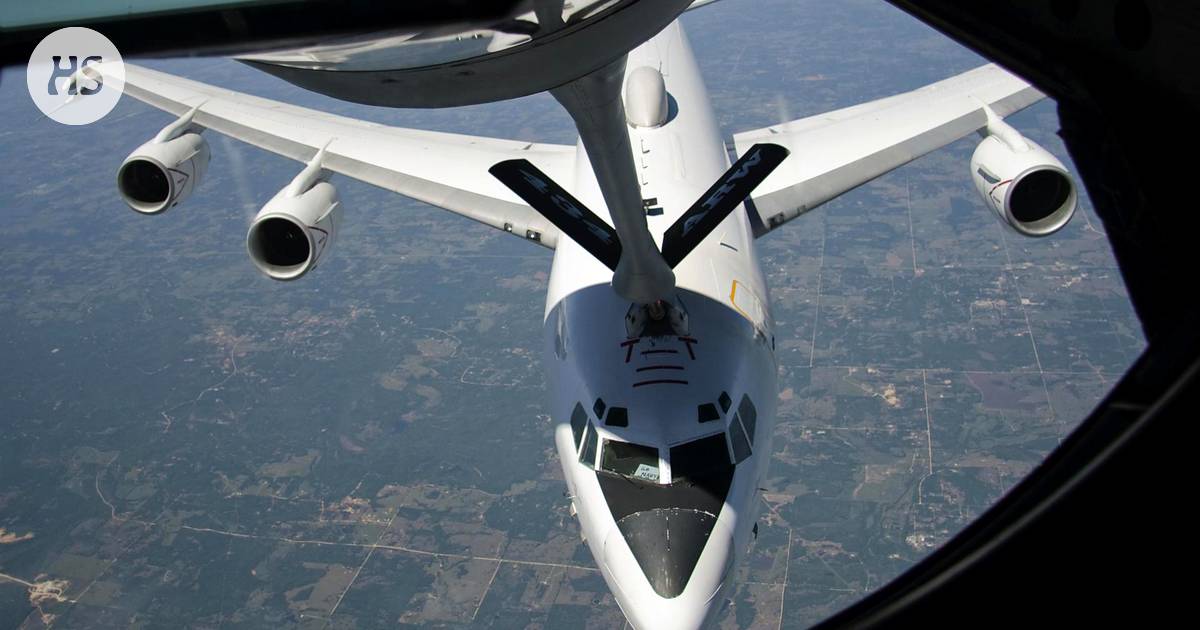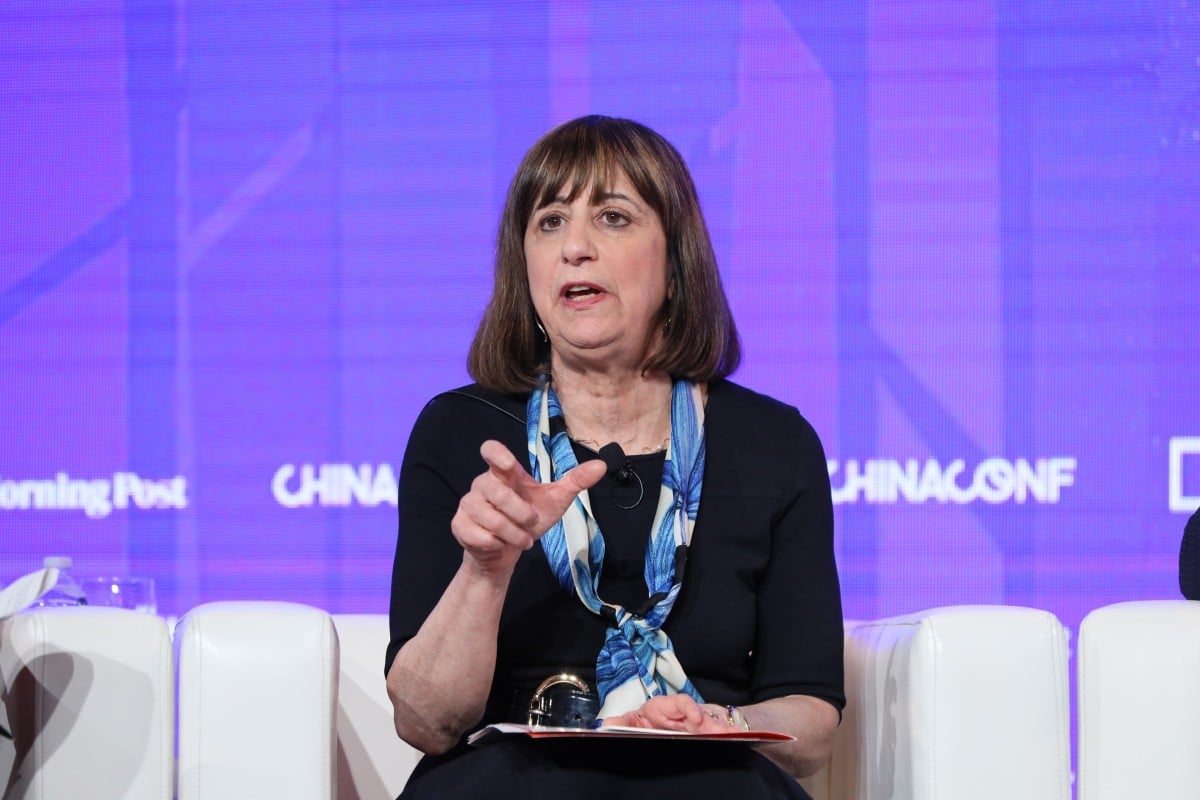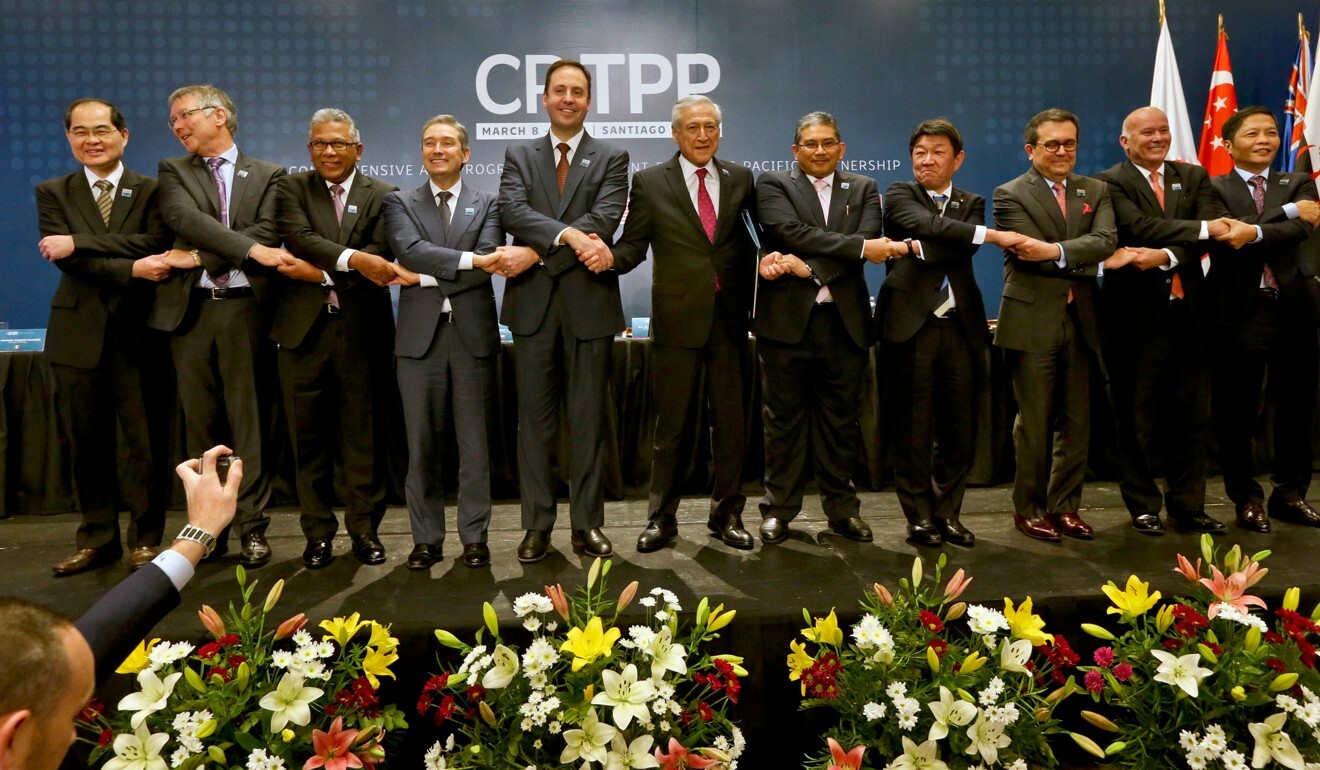
The Pentagon reported that 344 active-duty members died by suicide in 2019, representing an increase in suicide rates over the past two years. File Photo by Kevin Dietsch/UPI | License Photo
Oct. 1 (UPI) -- Suicide rates among active-duty military service members in the United States increased in 2019, the fifth year in a row, according to a report released by the Department of Defense on Thursday.
A total of 498 service members died by suicide in 2019, including 344 active-duty members, the Pentagon said in its Annual Suicide Report.
The active-duty suicides represent a rate of 25.9 per 100,000 service members, up from 24.9 in 2018 and 22.1 in 2017.
"The [calendar year] 2019 suicide rate for the Active Component is statistically comparable to the CY 2017, but not going in the right direction," the Pentagon said.
The department added that suicide rates among the Reserve and National Guard are statistically lower than 2017 and that while overall rates have increased among active-duty members since 2014 they have remained statistically consistent among the Reserve and National Guard members.
Enlisted men under the age of 30 were the most at-risk group according to the data -- they accounted for 61% of all suicides in 2019.
The Pentagon said it developed and began piloting educational and training programs for young and enlisted service members. It also trained more than 2,000 non-medical military providers to provide counseling on "access and safe storage of lethal means" to service members and their families.
"The loss of every life is heartbreaking and each suicide carries a deeply personal story. Every suicide has wide-reaching impacts on families, friends, peers, the broader military community and the nation as a whole," said Elizabeth Van Winkle, executive director of the Office of Force Resiliency.
Data for 2020 is not yet available, but officials said they recognize and are "closely monitoring" the potential impacts of the COVID-19 pandemic on death by suicide within the military population.












